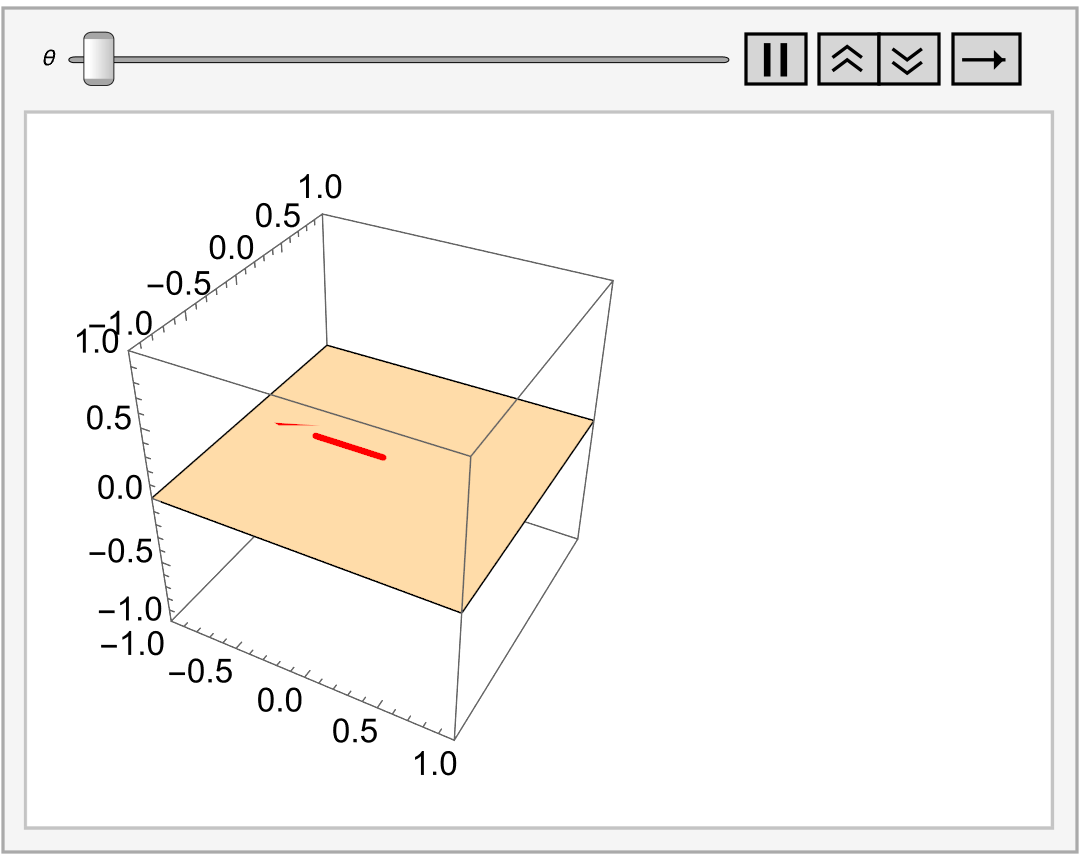A little learning is a dangerous thing; drink deep, or taste not the Pierian spring: There shallow draughts intoxicate the brain, and drinking largely sobers us again.
Vectors Spaces
What do rational numbers, matrices, polynomials, continuous functions, solutions to homogeneous differential equations, and many other mathematical objects have in common? The answer is that they can all be added to produce new objects of the same kind. They can also be multiplied by constants to make objects of the same kind. In linear algebra, these different kinds of objects are usually referred to as vectors or elements belonging to different vector spaces. Through long experience with these and other examples. mathematicians have identified a short list of essential features (postulates) that identify mathematical framework now known as a vector space.As constants, we will use such familiar set as ℝ (real numbers), ℚ (rational numbers), or ℂ (complex numbers). Elements of of any of these sets are called scalars, and denoted as 𝔽. The word “scalar”, a fancy word for “number”, is often used when we want to emphasize that an object is a number, as opposed to a vector. The letter 𝔽 is used because ℝ, ℂ and ℚ are examples of what are called fields. Usually the choice of 𝔽 is either obvious from the context or irrelevant. Thus, we often assume that 𝔽 is lurking in the background without specifically mentioning it. Since we do not commit ourselved to any specific class of numbers, we shall adopt the dodge of referring to numbers as scalars. However, when we want to emphasize, we call vector space over ℝ as a real vector space, and vector space over ℂ as a complex vector space.
Although humans and computers can operate only with rational numbers, the field ℚ is incomplete meaning that a sequence of rational numbers may converge to an irrational number. This fact makes ℚ inconvenient for many mathematical problems. Our study of general vectos spaces reveals that they are very closed to ℝn or ℂn.
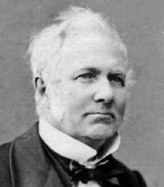 |
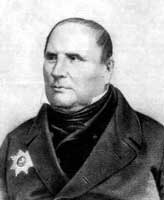 |
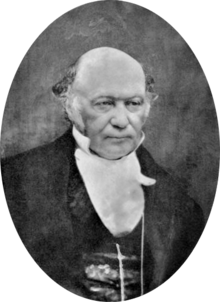 |
| Giusto Bellavitis | Michail Ostrogradsky | William Hamilton |
The concept of vector, as we know it today, evolved gradually over a period of more than 200 years. The Italian mathematician, senator, and municipal councilor Giusto Bellavitis (1803--1880) abstracted the basic idea in 1835. The idea of an n-dimensional Euclidean space for n > 3 appeared in a work on the divergence theorem by the Russian mathematician Michail Ostrogradsky (1801--1862) in 1836, in the geometrical tracts of Hermann Grassmann (1809--1877) in the early 1840s, and in a brief paper of Arthur Cayley (1821--1895) in 1846. Unfortunately, the first two authors were virtually ignored in their lifetimes. In particular, the work of Grassmann was quite philosophical and extremely difficult to read. The term vector was introduced by the Irish mathematician, astronomer, and mathematical physicist William Rowan Hamilton (1805--1865) as part of a quaternion.
In 1827, while still an undergraduate, William Hamilton (1805--1865) was appointed Professor of Astronomy at Trinity College in which capacity he had to manage the astronomical observations and teach science. He had very good intuition, and knew how to use analogy to reason from the known to the unknown. Although he lacked great flashes of insight, he worked very hard and very long on special problems to see what generalizations they would lead to. He was patient and systematic in working on specific problems and was willing to go through detailed and laborious calculations to check or prove a point.
After mastering and clarifying the concept of complex numbers and their relations to planar vectors. He called these new numbers quaternions.
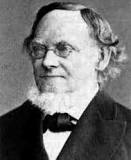
Historically, the first ideas leading to vector spaces can be traced back as far as the 17th century; however, the idea crystallized with the work of the Prussian/German mathematician Hermann Günther Grassmann (1809--1877), who published a paper in 1862. He was also a linguist, physicist, neohumanist, general scholar, and publisher. His mathematical work was little noted until he was in his sixties. It is interested that while he was a student at the University of Berlin, Hermann studied theology, also taking classes in classical languages, philosophy, and literature. He does not appear to have taken courses in mathematics or physics. Although lacking university training in mathematics, it was the field that most interested him when he returned to Stettin (Province of Pomerania, Kingdom of Prussia; present-day Szczecin, Poland) in 1830 after completing his studies in Berlin.
- Anton, Howard, Elementary Linear Algebra (Applications Version), 2013 (11th ed.), Wiley International.
- Axler, Sheldon Jay (2015). Linear Algebra Done Right (3rd ed.). Springer. ISBN 978-3-319-11079-0. doi: 10.1007/978-3-319-11080-6
- Beezer, R., A First Course in Linear Algebra, 3rd Edition, Congruent Press, 2013.
- Boyd, S. and Vandenberghe, L., Introduction to Applied Linear Algebra: Vectors, Matrices, and Least Squares, Cambridge University Press; 1st edition, 2018.
- Halmos, Paul Richard (1974) [1958]. Finite-Dimensional Vector Spaces (2nd ed.). Springer. ISBN 0-387-90093-4.
- Hefferon, Jim (2020). Linear Algebra (4th ed.). Orthogonal Publishing. ISBN 978-1-944325-11-4.
- Horn, R.A. and Johnson, C.R., Matrix Analysis, Second Edition, Cambridge University Press, Cambridge, 2013.
- Katznelson, Yitzhak; Katznelson, Yonatan R. (2008). A (Terse) Introduction to Linear Algebra. American Mathematical Society. ISBN 978-0-8218-4419-9.
- Lay, David C., Lay, Steven, Judi McDonald, Judi, Linear Algebra and Its Applications (5rd ed.), Pearson, 2014, ISBN-13: 978-0321982384
- Leon, Steven J. (2006), Linear Algebra With Applications (7th ed.), Pearson Prentice Hall.
- Poole, David (2006), Linear Algebra: A Modern Introduction (2nd ed.), Brooks/Cole, ISBN 0-534-99845-3
- Trail, S., Linear Algebra done Wrong, Brown University.
